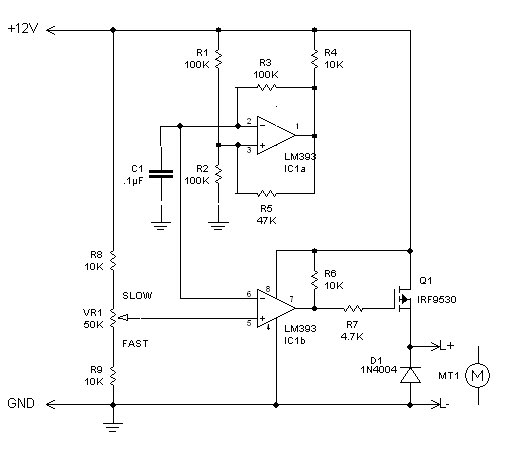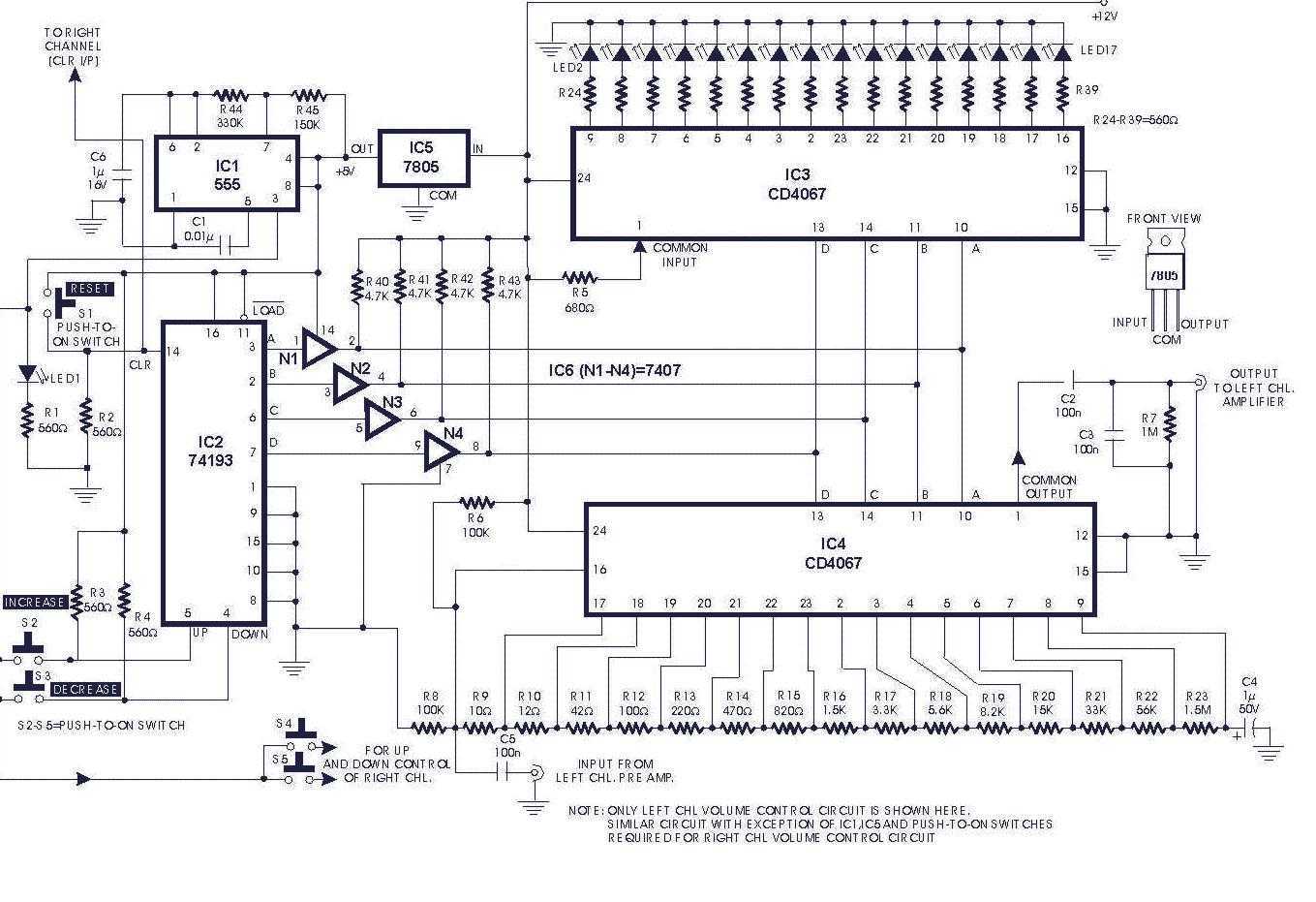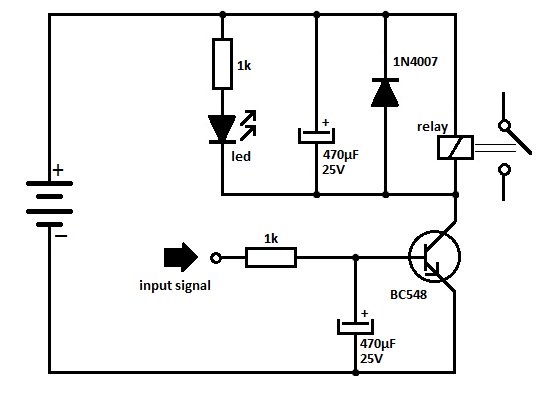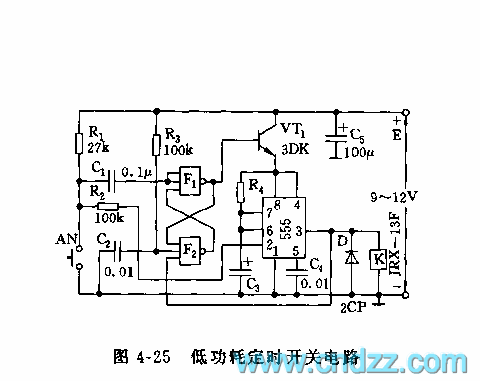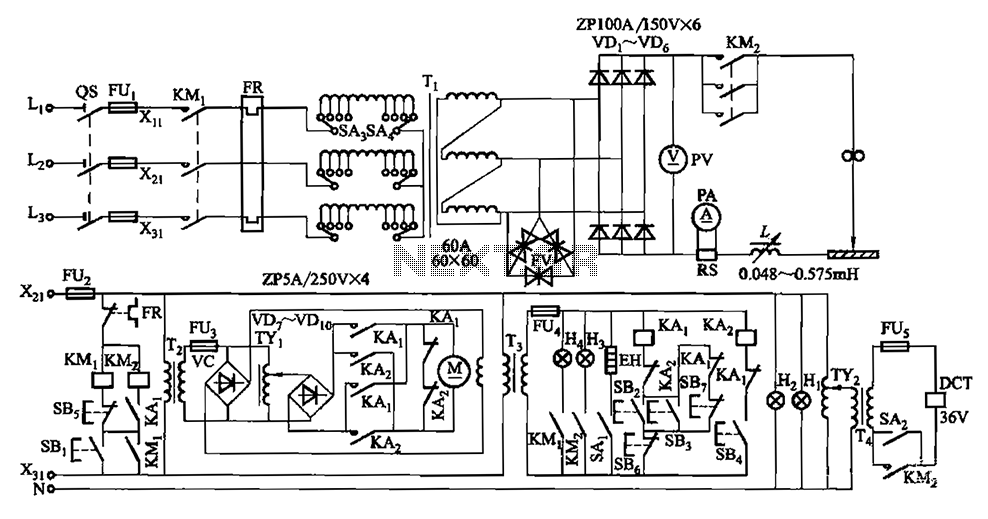
Relay control auto transformer one AC power supply circuit
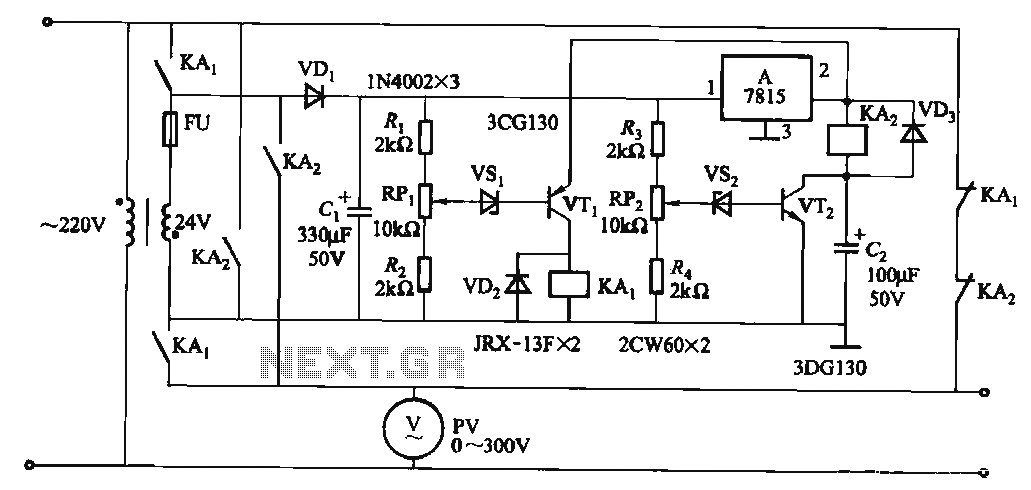
When the input voltage is in the range of 170-260V AC, the output AC voltage falls between 187-231V. The transformer ratio is k = 24/220 = 0.11. If the input voltage drops below 170V, relay KAi activates (adjusted by the RPi potentiometer), resulting in an output voltage of 187V. Conversely, if the input voltage exceeds 260V, relay KA2 activates (adjusted by the RP2 potentiometer), leading to an output voltage of 231V. When the input voltage remains between 170V and 260V, both KAi and KA2 are deactivated, and the output voltage equals the input voltage.
This circuit utilizes a transformer with a primary-to-secondary winding ratio of 24:220, which translates to a transformation ratio (k) of approximately 0.11. The primary function of the circuit is to regulate the output voltage based on the input voltage levels.
When the input voltage falls below the threshold of 170V, relay KAi engages. This relay is connected to an adjustment potentiometer, RPi, which allows for fine-tuning of the output voltage to a stable 187V. The calculation is based on the formula: output voltage = input voltage (1 + k) - 170(1 + 0.11), confirming the output at this lower threshold.
In situations where the input voltage exceeds 260V, relay KA2 is activated. This relay is linked to another potentiometer, RP2, enabling the adjustment of the output voltage to a maximum of 231V. The output voltage is derived from the input voltage using the formula: output voltage = 260(1 - k) = 231V, ensuring that the output remains within safe operational limits.
During normal operation, when the input voltage fluctuates between 170V and 260V, both relays KAi and KA2 are released. In this state, the output voltage mirrors the input voltage, ensuring a direct pass-through without any transformation. This design ensures that the system can handle a wide range of input voltages while providing stable output voltages under varying conditions.
Overall, this circuit is critical for applications requiring voltage regulation and protection against overvoltage and undervoltage conditions, making it suitable for various electronic devices and systems.When the input voltage is 170-260V AC range, the output AC voltage 187-231V range. Transformer ratio is k = 24/220 = 0.11. When the input voltage drops below 170V, the relay KAi pull (RPi adjustment potentiometer setting), the output voltage is 170 (l + k) -170 (1 + 0 11.) = 187 (V); when the input Tun when the pressure is greater than 260V, KA2 pull (adjusted RP2 setting), the output voltage is 260 (lk) - 260 (1-0 11.) a 231 (V); when the input voltage at 170 ~ 260V between when, KAi, KA2 were released, the output voltage equal to the input voltage.
This circuit utilizes a transformer with a primary-to-secondary winding ratio of 24:220, which translates to a transformation ratio (k) of approximately 0.11. The primary function of the circuit is to regulate the output voltage based on the input voltage levels.
When the input voltage falls below the threshold of 170V, relay KAi engages. This relay is connected to an adjustment potentiometer, RPi, which allows for fine-tuning of the output voltage to a stable 187V. The calculation is based on the formula: output voltage = input voltage (1 + k) - 170(1 + 0.11), confirming the output at this lower threshold.
In situations where the input voltage exceeds 260V, relay KA2 is activated. This relay is linked to another potentiometer, RP2, enabling the adjustment of the output voltage to a maximum of 231V. The output voltage is derived from the input voltage using the formula: output voltage = 260(1 - k) = 231V, ensuring that the output remains within safe operational limits.
During normal operation, when the input voltage fluctuates between 170V and 260V, both relays KAi and KA2 are released. In this state, the output voltage mirrors the input voltage, ensuring a direct pass-through without any transformation. This design ensures that the system can handle a wide range of input voltages while providing stable output voltages under varying conditions.
Overall, this circuit is critical for applications requiring voltage regulation and protection against overvoltage and undervoltage conditions, making it suitable for various electronic devices and systems.When the input voltage is 170-260V AC range, the output AC voltage 187-231V range. Transformer ratio is k = 24/220 = 0.11. When the input voltage drops below 170V, the relay KAi pull (RPi adjustment potentiometer setting), the output voltage is 170 (l + k) -170 (1 + 0 11.) = 187 (V); when the input Tun when the pressure is greater than 260V, KA2 pull (adjusted RP2 setting), the output voltage is 260 (lk) - 260 (1-0 11.) a 231 (V); when the input voltage at 170 ~ 260V between when, KAi, KA2 were released, the output voltage equal to the input voltage.

